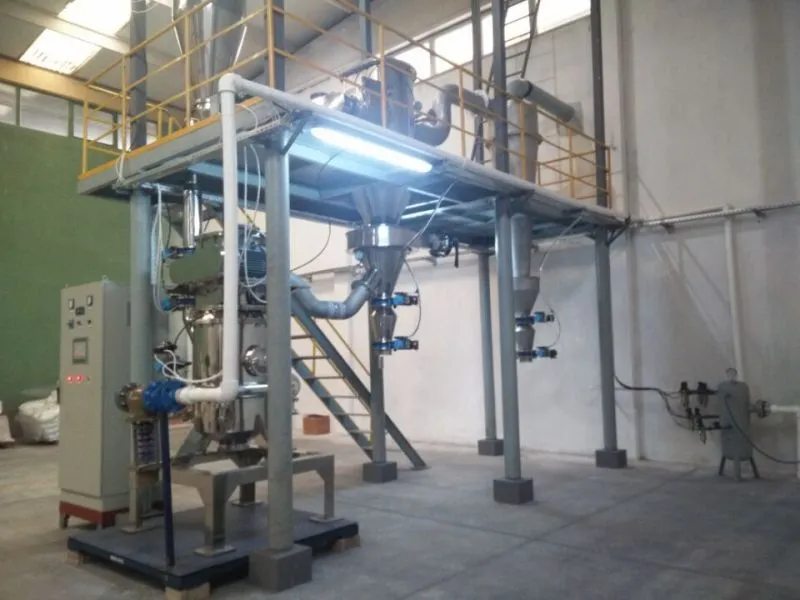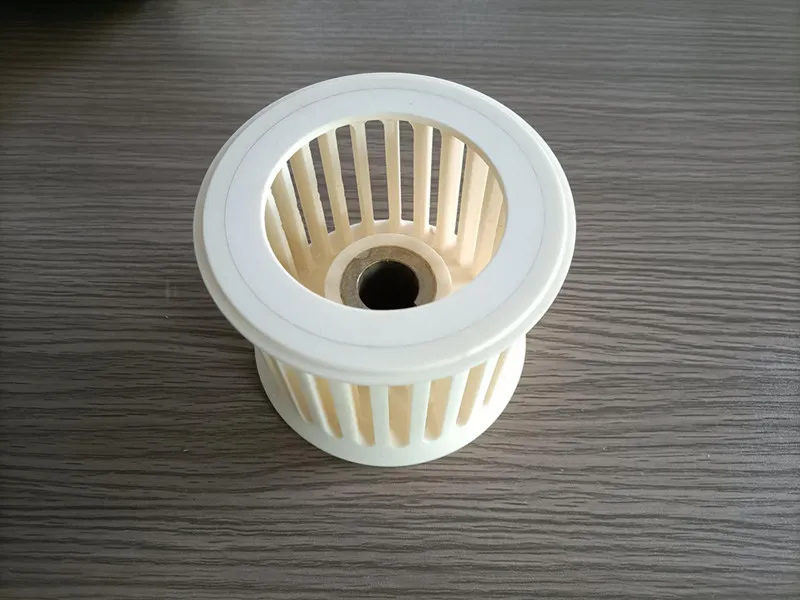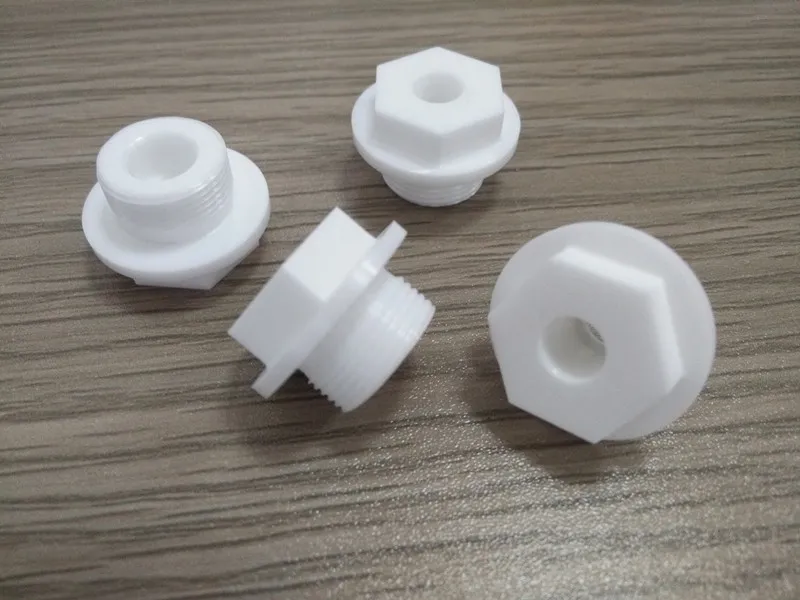Wollastonite is a mineral. It is calcium metasilicate. It belongs to the Triiclinic crystal system. Its chemical formula is CaO48.3% and SiO251.7%. Natural wollastonite is usually needle-shaped. It forms radial, fibrous aggregates and more. Wollastonite is non-toxic. It has low oil absorption and is cheap. It has a needle-like shape. It is often used as a substitute or co-product of glass fiber, talc, and asbestos. It makes plastics stronger and tougher.

My country’s gold is important in the world market. But, our technology for making ultrafine wollastonite powder has a high aspect ratio. It lags behind that of other countries. Research in the country focuses on making ultra-fine wollastonite powder. Now, the size of the wollastonite particles is ultra-fine. Research has proved that a supersonic jet mill can make wollastonite ultrafine powder. Wollastonite powder with a high aspect ratio has advantages. Wollastonite powder has a needle-like structure. So, the laser particle size analyzer cannot give the aspect ratio. It can only provide a reference for particle size. At the same time, the airflow mill uses a lot of energy. There are few reports on the shape of needle-shaped wollastonite powder. So, it is key to link the aspect ratio to the equal volume diameter of needle-like wollastonite powder.

Analytical experiments
The raw material for the experiment is Qinghai Wollastonite. After coarsely crushing the wollastonite (to <1mm), we crush it more with the MQW10 mill. The mill uses a crushing pressure of 0.7MPa and a classification wheel speed of 6800r/min.
The powder obtained after ultrafine grinding is analyzed on the JX-2000 image analyzer. We counted the length and diameter of many particles (>1000). This let us calculate their equal volume diameter. Needle-shaped particles can have different isotopes and diameters under the same aspect ratio. When counting wollastonite particles, we divide the length of the needle-shaped powder (L) into 0-10um. We then carry out statistics in 6 intervals: 0-10um, 40-50um, and 50-60um. In each interval, the number of counted particles is >= 200.

Results and discussion
The average aspect ratio of wollastonite powder first rises fast. This happens as the average equal volume diameter increases. The diameter is 4.15μm. The aspect ratio’s increasing trend becomes gentle. When the average size reaches 6.64um and then increases, the change in the average shape is gentle. But, the average size increases a lot. Experiments show that 90% of the short diameter D of crushed particles is 1um. There are very few large particles. And, the long diameter changes greatly. The grinding process uses a principle like the fluidized bed. The compressed air expands and accelerates to form a supersonic jet. This jet creates a counter-flow jet in the lower part of the mill. The pressure difference changes the flow of the ground material. This causes the materials to collide, rub, and shear in the crushing cavity violently. This process achieves miniaturization. Shear and friction tend to peel off particles. This happens along the crystallographic cleavage. It is parallel to the direction of force. So, enough shear and friction can peel off the crystal bundles into fibers. This is good for making ultrafine wollastonite with a high aspect ratio. When the wollastonite particles are larger, the mill crushes and pushes them. This mainly breaks them through cleavage. But, as the particles get smaller, the easy-to-cleave defects decrease. Small particles are better crushed. The kinetic energy also decreases. The number of collisions needed for crushing rises sharply. Therefore, the possibility of breaking the wollastonite fibers greatly increases. So, when the particle diameter nears 1um, the fiber-like particle shapes vanish.
Conclusion
The following conclusions can be drawn from this experiment:
A fluidized bed jet mill can crush wollastonite. It creates better fibrous particles.
(2) Fluidized Bed Jet Mill Crushes Wollastonite. The average aspect ratio of wollastonite particles can reach 17:1-20:1 when the particle size is 4-6um. After the average equal volume exceeds 6um, the average aspect ratio changes. If the size is small, the diameter increases significantly. If the aspect ratio is less than 4 μm, the diameter decreases sharply. Particle size is a crucial factor in determining filler. So, it ‘s best to control the size to 4-7 μm when crushing.
